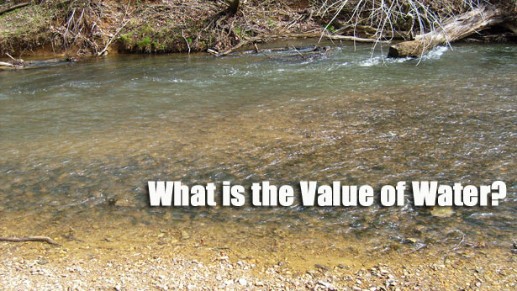The items on this page include multimedia projects as well as unit and lesson plans.
All of these samples were created with tools which can be used by teachers to enrich their own content presentations or by students to provide to deepen their learning and demonstrate their understanding. These projects illustrate a wide range of educational applications of technology and show ways to infuse content area projects with themes of culture, identity, and social justice. The final example extends the traditional learning environment into a virtual world -- Second Life.
~~~~~~~~~~~~~~~~~~~~~~~~~~~~~~~~~~
Digital storytelling is a wonderful way to help students
appreciate diversity and strengthen their own identities. Though it might seem to make the most sense to use DST as an alternative means of assessment for learning in the Humanities, it also holds a lot of potential as a means to get students to 'language their learning' in math and science. These videos were created for my own Master’s program. The first is an interview. The second weaves together a family story with Canadian labor history.
|
|
~~~~~~~~~~~~~~~~~~~~~~~~~~~~~~~~~~
This PowerPoint was
developed to show students to about the importance of making ethical choices
when using work posted online by others. Images were all from Flickr Creative Commons and Discovery Education sources and were edited using free, online software called Picnik.
|
~~~~~~~~~~~~~~~~~~~~~~~~~~~~~~~~~~
Group work can be a challenge in a face-to-face setting, but this
wiki was created by educators in BC and Saskatchewan who met online and used collaborative Web 2.0 tools. The wiki is intended as a resource for teachers who wish to involve their students in a study of their local watersheds and in an exploration of the personal, social, and economic value of water. (Image is linked.)
|
~~~~~~~~~~~~~~~~~~~~~~~~~~~~~~~~~~
This Earth Science/Geography unit ties the study of global
warming and resource use to the current international negotiations regarding claims to the
Arctic Ocean floor. The introductory PowerPoint and attached pdf file for one learning bookelt illustrate how many forms of assessment both for and of learning can be successfully woven into a project-based unit of study. (To see the pdf file, please click on the pale green print above the 'file size'.)
|
|
~~~~~~~~~~~~~~~~~~~~~~~~~~~~~~~~~~
XXX This project represents my first attempt to work with the processes involved in inquiry-based learning. I have to admit that it's been a struggle to turn off my habit of trying to figure out how to solve all the learning problems ahead of time and instead see those as 'learnable' moments. I plan to do more work in this area in future. [Note: this was created at the time of the Gulf Oil Spill, so I apologize if not all links are active.] |
~~~~~~~~~~~~~~~~~~~~~~~~~~~~~~~~~~
One
of my goals as a grad student was to face all my ‘techno-fears’, so I took a course in e-learning which plunged me into an
exploration of virtual worlds as alternative learning spaces. The
attached lesson plan shows how the active learning opportunities afforded by going ‘inworld’ (in this case into Second Life) can be used to foster cross-cultural understanding and build habits of mind young people will need in future as the forces of globalization change the nature of work and workplaces. Note: I am very aware of the issues involved in using Second Life as an educational venue in K-12 even with senior students. This lesson can be adapted to fit ‘education friendly’ virtual spaces which are now evolving. |
~~~~~~~~~~~~~~~~~~~~~~~~~~~~~~~~~~

